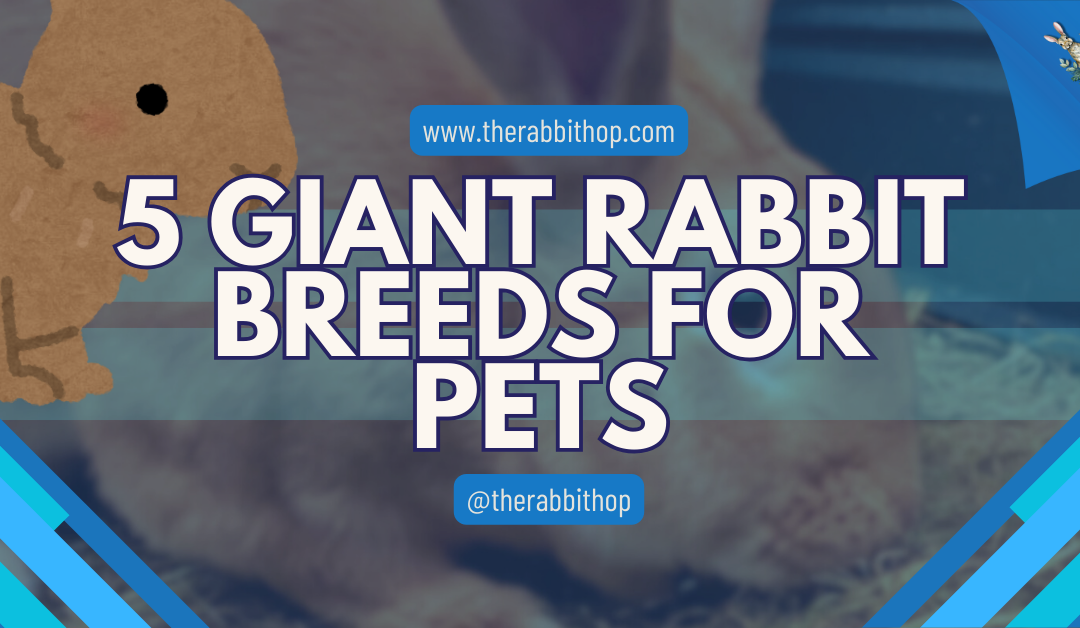Giant Rabbit Breeds for Pets are gaining popularity with their impressive size and endearing personalities. Imagine coming home to a fluffy, friendly giant who greets you with twitching whiskers and gentle nudges. These cuddly companions offer a unique blend of charm, intelligence, and affection that rival even the most beloved cats and dogs. In this article, we’ll introduce you to five giant rabbit breeds that make fantastic pets, each with their own unique traits and quirks. Whether you’re a seasoned rabbit owner or new to the world of bunnies, these gentle giants are sure to capture your heart and bring joy to your home.
Giant Rabbit Breeds for Pets: Best Furry Friends
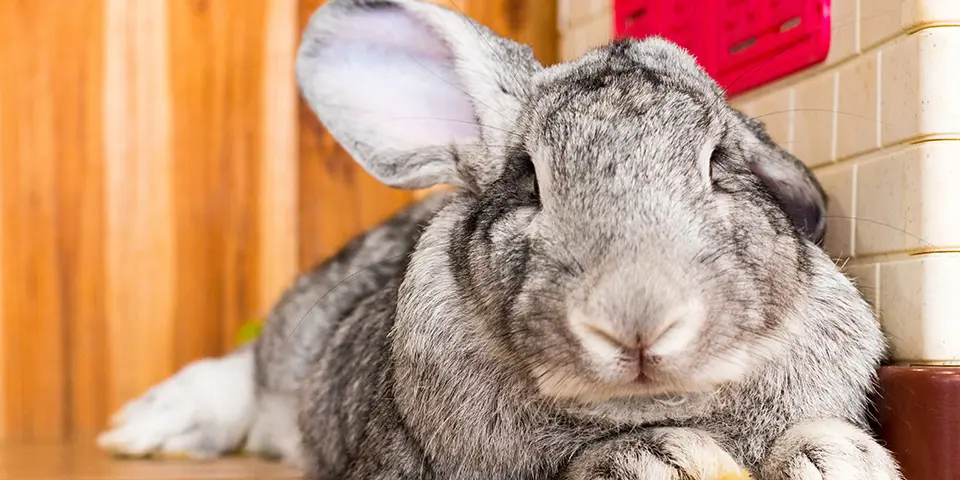
While most people think of a pet rabbit as a tiny lap bunny, some find their favorites from the giant rabbit breeds for pets. Are you fascinated by the idea of bringing a giant rabbit into your home? These gentle giants can make affectionate and entertaining pets. And yes, many enjoy time on your lap, being cuddled and petted!
Keep reading if you’re ready to learn more about these amazing creatures and how to care for them. From housing and diet to grooming and health tips, you’ll discover everything you need to know to provide your giant rabbit a happy and comfortable life.
Key Takeaways
- Giant rabbit breeds like the Flemish Giant and Giant Chinchilla are known for their affectionate and gentle nature, making them great companions and rivals to traditional pets like cats and dogs.
- These rabbits can weigh between 15 to 30 pounds and require a balanced diet rich in hay, fresh vegetables, and high-quality rabbit pellets to maintain their health.
- Giant rabbits need ample space to move around. They thrive in environments where they can hop and explore, whether indoors with multi-level cages or outdoors with secure runs.
- Ensuring your pet’s health requires routine vet visits. Grooming needs regular brushing, nail trimming, and ear cleaning to prevent common health issues like obesity, dental problems, and GI stasis.
- Adopting a giant rabbit from local shelters or rabbit-specific rescues can be rewarding. Providing enrichment through toys, games, and training exercises keeps them mentally and physically active.
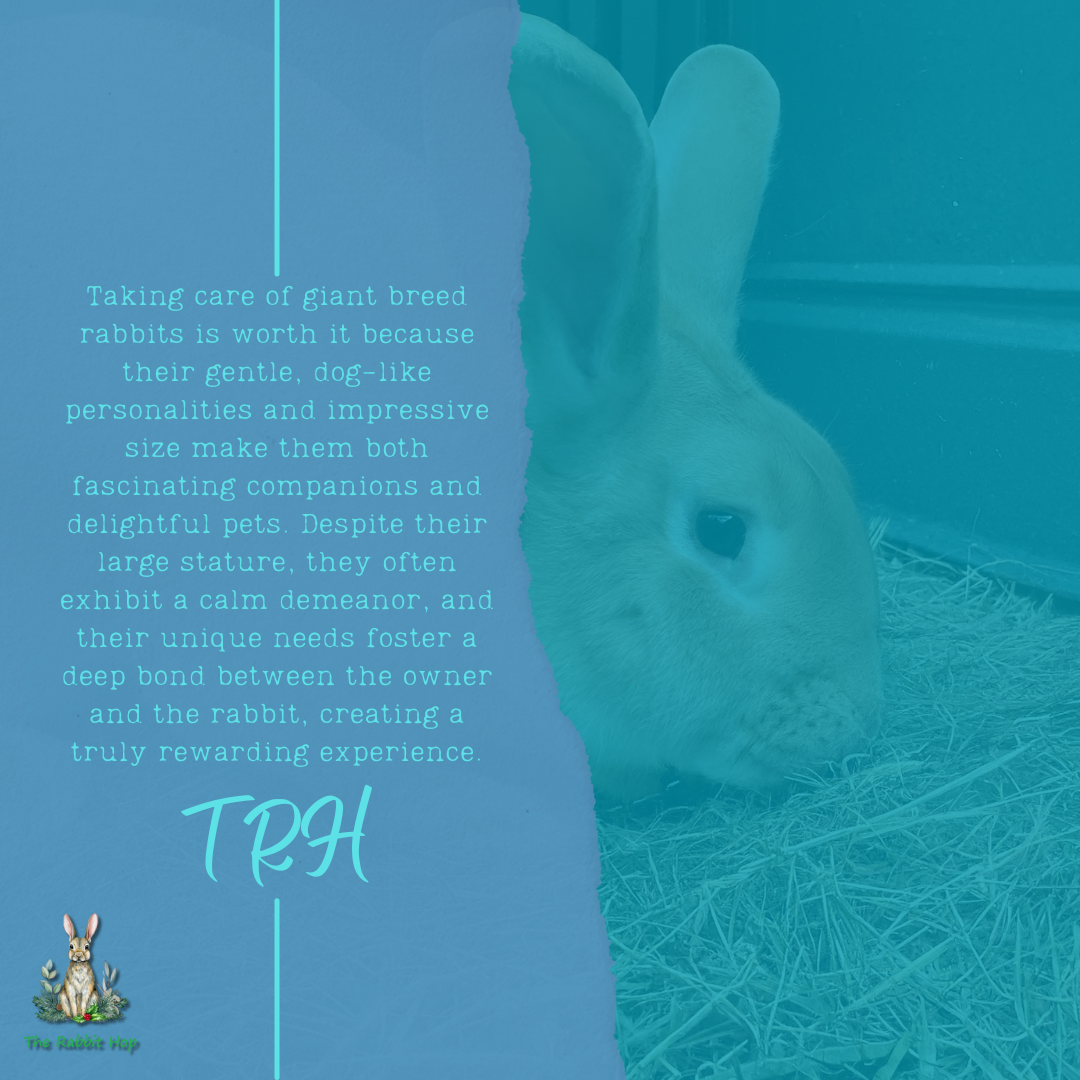
Understanding Giant Rabbits

Regarding giant rabbit breeds for pets, they have unique characteristics and a fascinating history. Let’s look closer at what makes these rabbits special and how they came to be.
Characteristics of Giant Breeds
Giant rabbits, such as the Flemish Giant and Giant Angora, are known for their large size. These rabbits can weigh up to 22 pounds or more. They have strong bodies and require plenty of space to move around.
Their diet must include a large amount of hay, fresh vegetables, and high-quality rabbit pellets. Additionally, they need lots of exercise to stay healthy. Giant rabbits have specific health concerns, like sore hocks and cardiovascular issues.
Despite their size, they often have gentle and friendly personalities. But remember, they can become aggressive if they feel scared or mishandled. It’s essential to handle them gently.
History and Origin
Giant rabbits have been bred for centuries. The Flemish Giant is one of the oldest recorded breeds, originating in Belgium in the 16th century. It was initially bred for meat and fur production. Another popular breed, the Giant Angora, was developed in the United States in the 1980s. This breed was specifically bred for its luxurious wool, which can be spun into soft yarn.
Crossbreeding has created other large rabbits by combining traits from different breeds. For example, the Continental Giant was developed by mixing the Flemish Giant with other large European breeds. This created a rabbit known for its impressive size and calm demeanor.
Popular Giant Rabbit Breeds
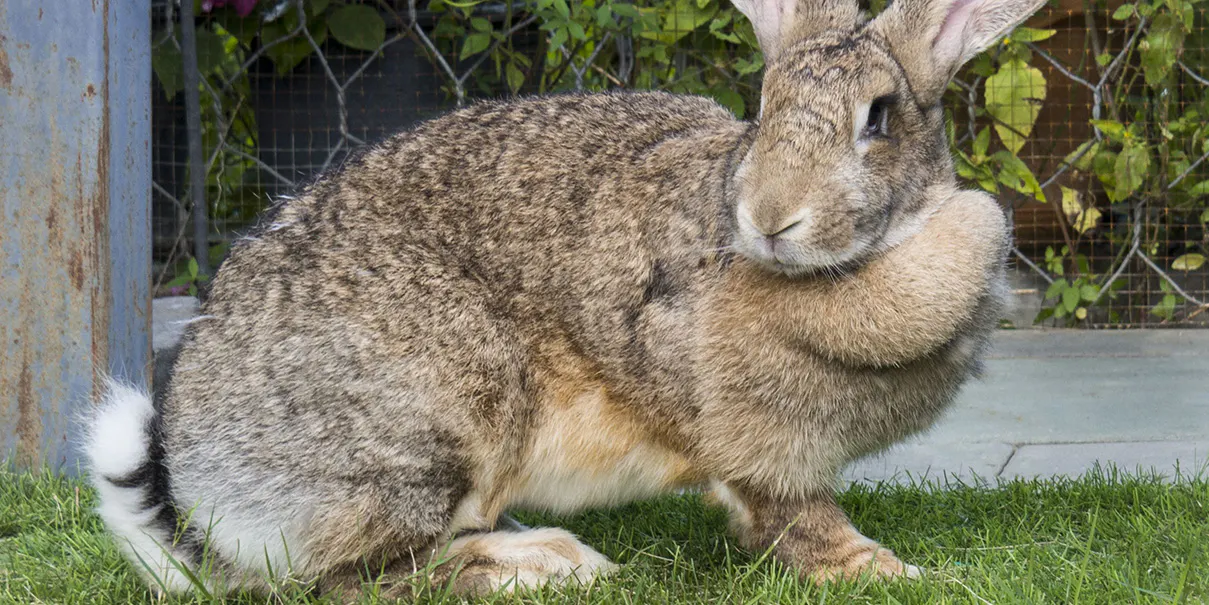
Giant Rabbit Breeds for Pets make unique and loving companions. These Giant Rabbit Breeds have distinct traits and care needs that are interesting to explore.
Flemish Giant
The Flemish Giant is the most well-known giant rabbit breed. These rabbits weigh 15 to 20 pounds or more, making them larger than some small dog breeds. Their gentle nature makes them great companions. Due to their size, they need plenty of space to move around. An outdoor pen is ideal, but it can adapt to indoor living with enough room.
Their fur is short, so they don’t need extensive grooming, but regular brushing helps keep their coat healthy. Flemish Giants are also known for their good temperaments. They are often calm and friendly, making them excellent pets for families. Because of their large size, they eat more than smaller breeds, so be prepared for higher food costs.
Continental Giant
Continental Giants are another impressive breed. These rabbits can weigh up to 30 pounds, making them one of the largest rabbit breeds. They have friendly and intelligent personalities. They need even more space than Flemish Giants and thrive in an environment where they can roam and explore.
Their large ears and powerful limbs give them a distinctive look. Like the Flemish Giant, they have short fur requiring regular grooming. These rabbits enjoy social interaction and can be trained to use a litter box, much like a cat. They also need plenty of hay, fresh vegetables, and a constant water supply.
Checkered Giant
The Checkered Giant is known for its striking black or blue markings on a white body. They are active and energetic, typically weighing between 11 to 13 pounds. These rabbits are not as affectionate as some other giant breeds, but their playful nature makes them interesting pets.
Due to their high energy levels, they need a lot of physical activities and space to hop around. Caring for a Checkered Giant involves regular exercise and a balanced fiber-rich diet. Their coat maintenance is straightforward, thanks to their short fur. However, they require mental stimulation to stay content.
Giant Chinchilla
The Giant Chinchilla is another fascinating breed, weighing 12 to 16 pounds. They are known for their unique, soft fur that resembles a chinchilla, with a mix of gray, black, and white colors. These rabbits have a calm temperament, making them wonderful pets for those who want a more relaxed companion.
They do well in indoor and outdoor environments, given enough space to move around. Consistent grooming is vital to maintaining their coat in excellent condition. They also need a varied diet that includes plenty of hay, fresh vegetables, and rabbit pellets. Giant Chinchillas tend to be healthy, but regular vet check-ups are recommended to catch any health issues early.
French Lop
The French Lop is a large breed with a friendly and calm demeanor, usually weighing 10 to 15 pounds. These rabbits are known for their fluffy, droopy ears and large, sturdy bodies. They make ideal pets due to their docile nature and tendency to enjoy human interaction.
French Lops require moderate grooming to keep their thick fur free of tangles. They need a spacious environment to accommodate their size and provide opportunities for exercise. Their diet should be rich in hay, supplemented with fresh vegetables and rabbit pellets.
French Lops are also social animals and often enjoy the company of other rabbits or their human caretakers. Consistent engagement and play are crucial for maintaining their mental health.
Here’s an additional video about the Giant Rabbit breed.
By: Stewards Rabbitry
Housing and Environment

Giant rabbits need lots of space, whether you keep them indoors or outdoors. Ensuring they have enough room to hop, stretch, and stay active is key to their health and happiness.
Indoor Accommodations
Indoors, Giant Rabbit Breeds for Pets do well in multi-level cages, giving them ample room within a smaller footprint. It’s best to aim for at least a 6 by 10-foot space. I suggest using indoor playpens for extra space.
You can set these up in a spare room or hallway. Floors should be covered with a soft material to protect their feet. Make sure their area is well-ventilated to prevent respiratory issues. Regular cleaning is crucial to keep their living space hygienic.
Outdoor Housing
For those with yard space, outdoor housing can be perfect for giant rabbits. A robust hutch or shed can provide adequate shelter. It should be raised off the ground and weather-proof to shield it from rain, snow, and extreme temperatures.
I recommend adding a secure run attached to the hutch for play. The run should be predator-proof with sturdy wire mesh. At least half of the area should be shaded to protect from direct sunlight. Rabbits need regular checks to ensure the outdoor area stays safe and clean.
Exercise Space
Exercise is vital for giant rabbit breeds. Indoors, set up play areas or let them explore rabbit-proofed rooms. Outdoors, they benefit from access to large runs or secure gardens. These spaces should be safe from predators and include tunnels, toys, and hiding places to stimulate their natural behaviors.
Daily supervised exercise outside their enclosure helps maintain their health. Regular activity helps prevent obesity and keeps joints strong, ensuring your giant rabbit stays happy and healthy.
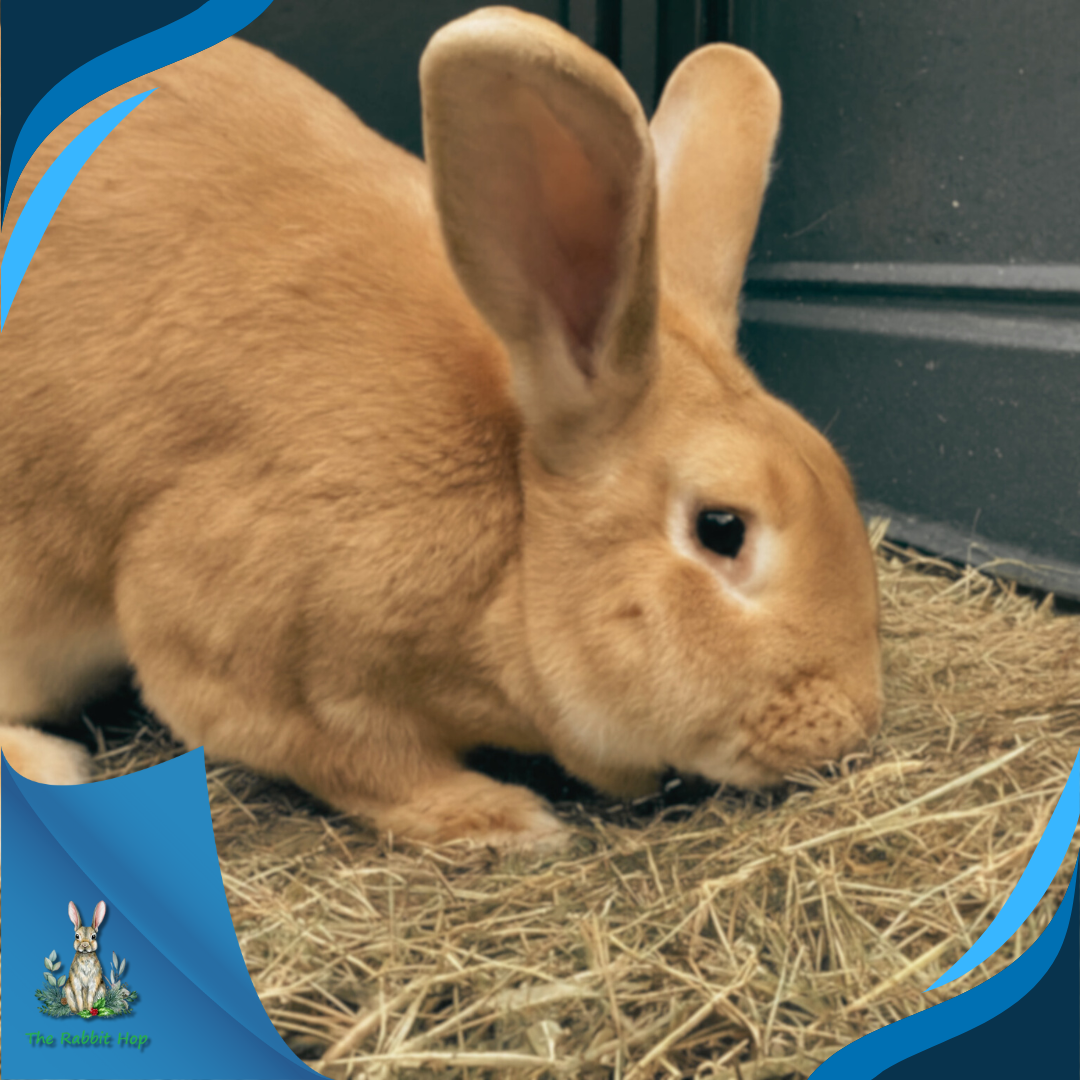
Did You Know?
Giant rabbit breeds have specific needs due to their size. They are prone to sore hocks, so I focus on providing a soft, clean living area and a fiber-rich diet to support their overall health.
Diet and Nutrition
Giant rabbit breeds for pets, like Flemish Giants, need a balanced diet to stay healthy and happy. This includes a mix of fresh greens, hay, and rabbit pellets. Also, keep their large size in mind when planning their diet.
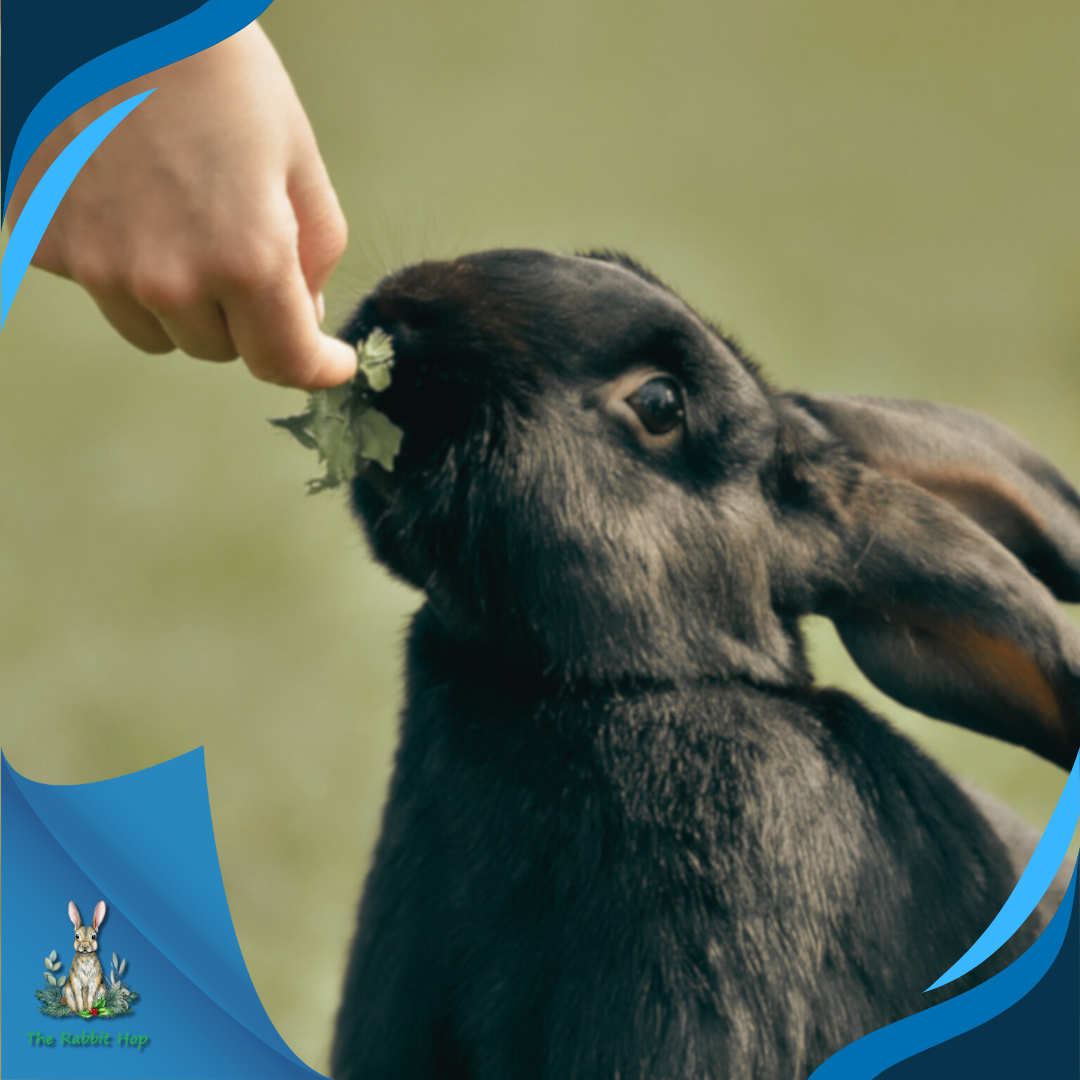
Feeding Giant Rabbit Breeds
When it comes to feeding giant rabbits, it’s important to offer a varied diet. Fresh vegetables such as romaine lettuce, spring greens, and herbs are great choices. Steer clear of iceberg lettuce, as it provides minimal nutritional benefits.
I feed my rabbits about ½ to ¾ cup of pellets daily, roughly 1 tablespoon per pound they weigh. Hay is essential for a rabbit’s diet.It supports digestion and enhances dental health.
Timothy hay is a popular choice, but other varieties like orchard grass can also be used. Lastly, make sure to provide fresh water daily. A clean water bottle or bowl works well. By sticking to this feeding plan, my bunnies stay in great shape.
Special Dietary Considerations
Monitoring their weight is also important. Giant rabbits can quickly become overweight, so I watch their portions and ensure they’re active. Regular exercise helps keep my rabbits fit and healthy. It’s important to avoid sugary snacks and certain vegetables that can cause gas, like cabbage and broccoli. Instead, sticking to leafy greens and the right amount of pellets and hay ensures my bunnies get the nutrition they need.
Giant Rabbit Breeds for Pets: Health and Wellness
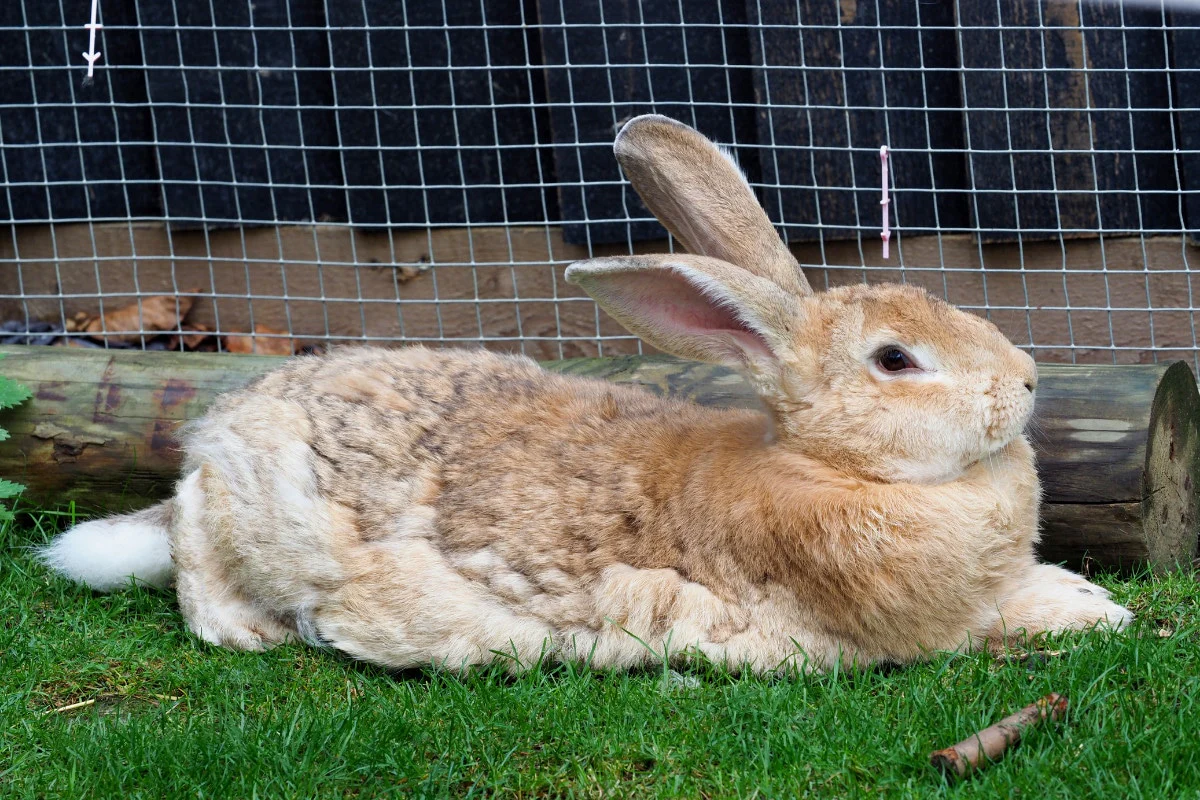
Taking good care of giant rabbit breeds involves knowing about their common health issues and ensuring they get regular veterinary care. Knowing what to look out for can help keep your rabbit healthy and happy.
Common Health Issues
Giant rabbits, like the Flemish Giant, can face certain health problems. One issue is obesity because of their large size. I make sure to monitor their diet and avoid giving too many high-calorie foods. Dental problems are also common. Rabbits’ teeth grow continuously, so I provide them with hay and toys to chew on. This helps maintain their dental health.
I also watch for GI stasis, a serious condition where the digestive system slows down or stops. Providing a high-fiber diet and making sure they drink plenty of water can help prevent this. Respiratory infections are another concern. If I notice sneezing or discharge, I contact my vet immediately. Routine check-ups are crucial for catching issues early.
Regular Veterinary Care
Regular vet visits are crucial for keeping my giant rabbit healthy. I schedule check-ups at least once a year, though twice a year is better for older rabbits. During visits, the vet examines their teeth, checks for parasites, and ensures they are at a healthy weight. Vaccinations can protect against common diseases, so I make sure to stay up-to-date.
Giant rabbits may also need nail trims and grooming. I let my vet show me the best techniques to avoid injuries. Keeping their living space clean reduces the risk of infections and respiratory issues. I can help my giant rabbit live a long and healthy life by following these steps.
Behavior and Temperament
Giant Rabbit Breeds for Pets are known for their unique behaviors and gentle natures. They have distinct personality traits and can form strong bonds with their owners.
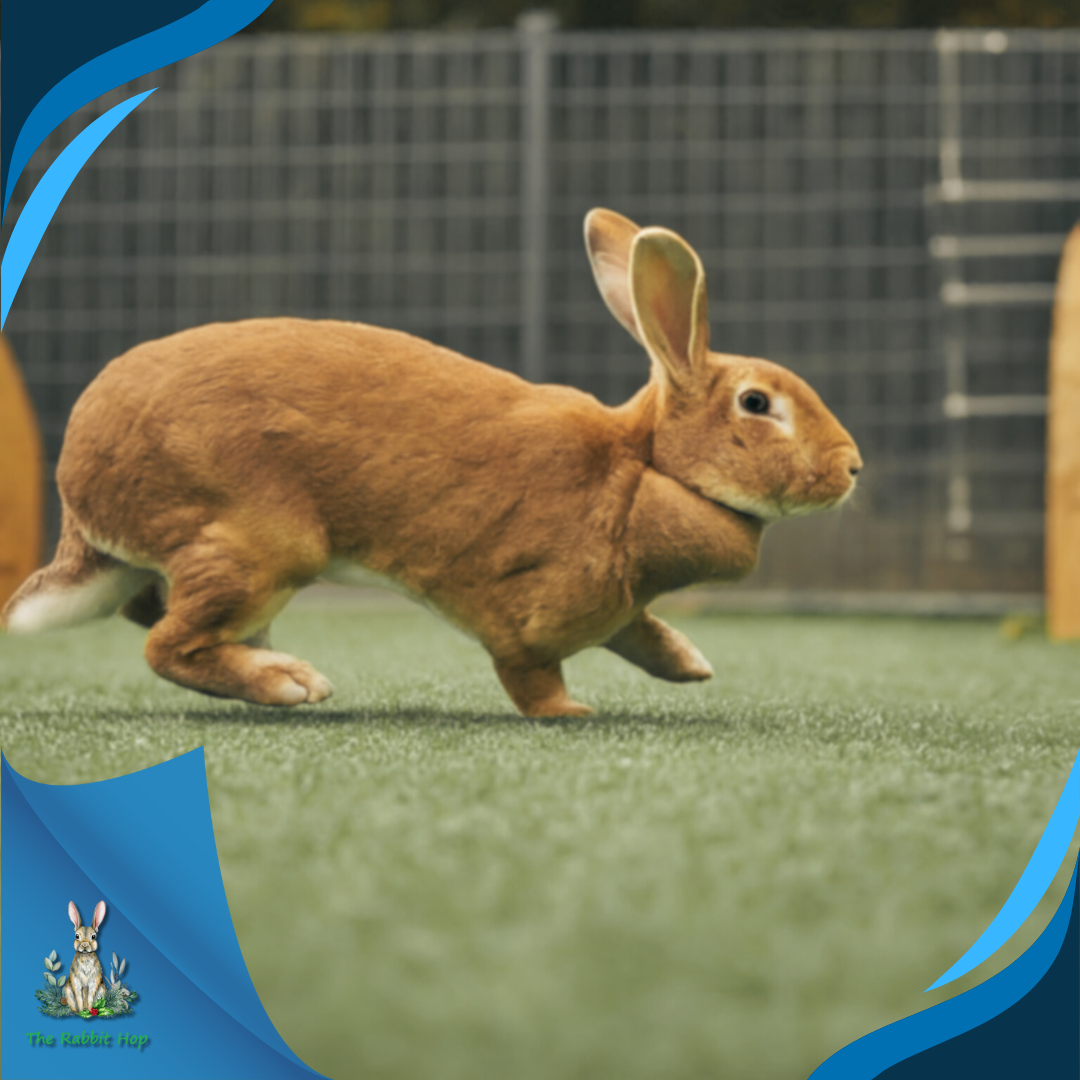
Personality Traits
From my experience, giant rabbits like the Flemish Giant are typically very calm and gentle. These rabbits are quite docile and enjoy lounging rather than hopping around wildly. Despite their size, they are known to be affectionate and can be very friendly.
One of the most interesting things about their personality is their intelligence. They can learn tricks and might even respond to their names. They’re often referred to as “gentle giants” because they rarely show aggression and prefer passive interactions.
Another trait is their curiosity. They love to explore their environments and can spend hours investigating new toys or spaces. This curiosity and their gentle nature make them great companions for families with children.
Socialization and Bonding
When it comes to socializing, giant rabbits can form deep, affectionate bonds with their owners. I’ve noticed that they often enjoy being pets and can be very interactive. They do well when given ample attention and can become quite attached to their human families. It’s crucial to begin socializing them early on.
The more they are handled and exposed to different people and environments, the more comfortable and confident they become. This helps reduce any nervousness they might feel. Bonding with other pets is also possible, especially with other rabbits. Creating a routine helps build trust. Feeding them simultaneously each day, giving regular playtime, and consistent handling contribute to a strong bond.
Grooming and Care for Giant Rabbit Breeds
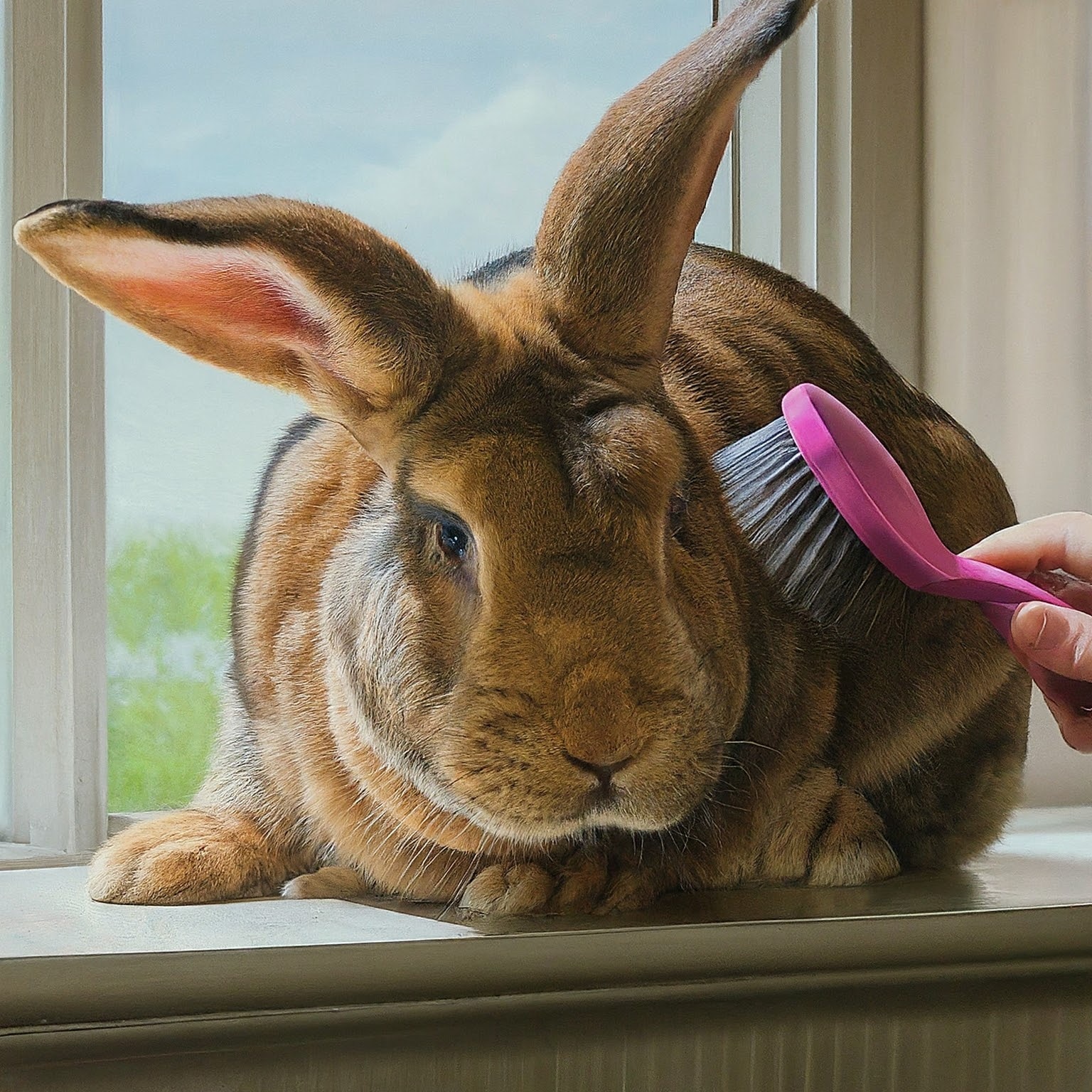
Giant rabbit breeds for pets have specific grooming needs and daily maintenance routines to keep them healthy and happy. Proper grooming helps prevent common issues, and daily care ensures their living space is clean and safe.
Grooming Needs
When grooming a giant rabbit breed, it’s important to be gentle due to their size. Brushing them regularly helps remove loose fur and prevent matting. For this, I use a soft-bristled brush designed for rabbits. Nail trimming is essential to avoid overgrowth and potential injuries. I check their nails every couple of weeks and trim them as needed using a small animal nail clipper. Ear cleaning is another essential part. I gently wipe their ears with a damp cloth to remove any dirt or wax buildup, being careful not to go too deep.
Daily Maintenance
Daily maintenance focuses on keeping their living environment clean. I start by cleaning their litter box daily to prevent odor and keep them comfortable. Feeding is also a key part of daily care. I provide fresh hay, vegetables, and water every day. Hay is essential for digestion, while vegetables give them necessary vitamins.
Lastly, I make sure their living space is spacious and safe. This includes a clean cage or hutch with enough room for them to move around and regular checks for any hazards. Ensuring they have a clean, comfortable environment helps keep them happy and healthy.
Adoption and Rescue
Finding a giant rabbit breeds for pets to adopt can be a fun and rewarding experience. These gentle giants make excellent pets and can be found through various adoption resources. One place to start is by checking local animal shelters.
Shelters often have a range of rabbit breeds, including giants, waiting for a loving home. Another option is to look into rabbit-specific rescue organizations. Sites like PetCurious and Petfinder list rabbits that are available for adoption.
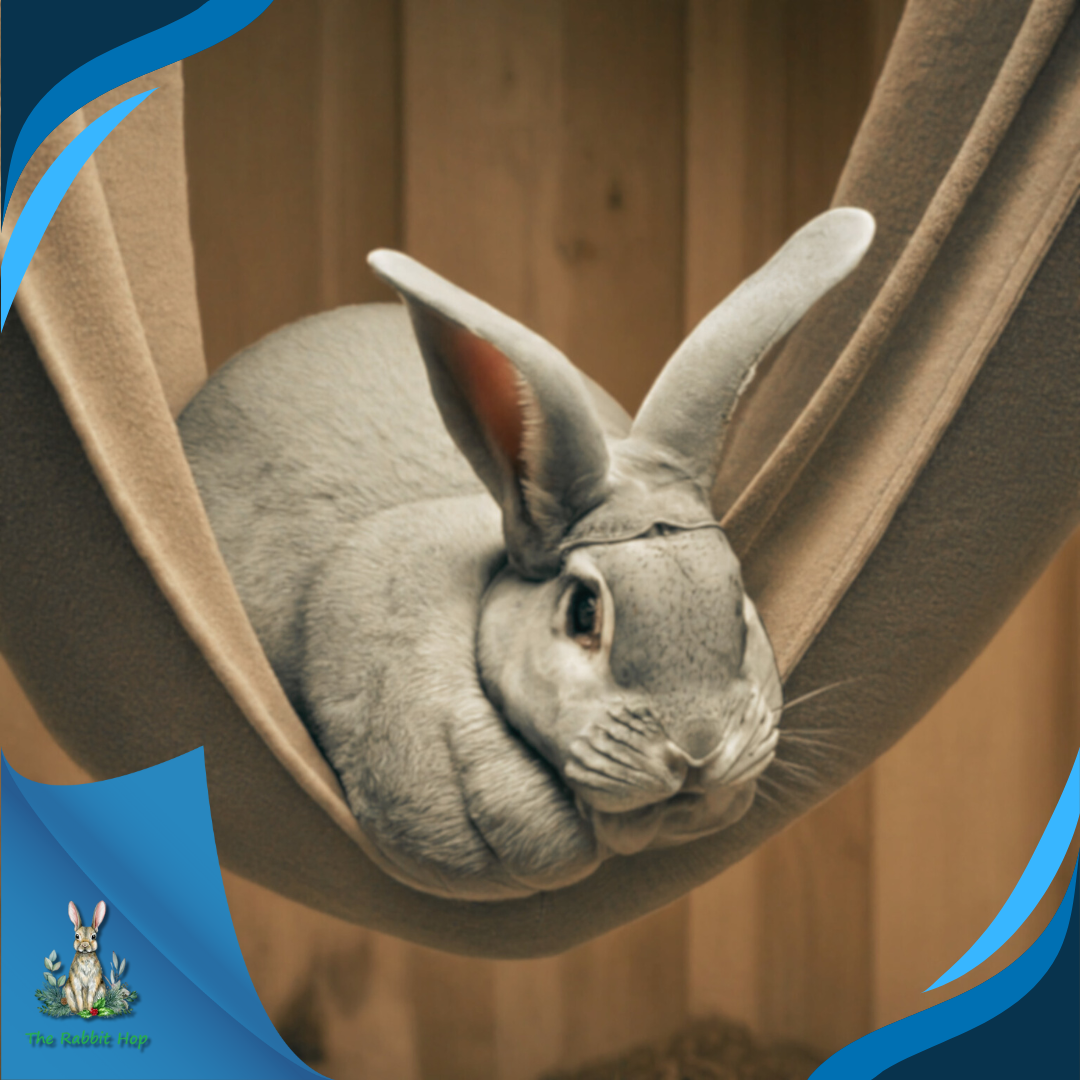
Steps to Adopt
- Research: Learn about the needs of giant rabbits.
- Visit Shelters: Check out local shelters or rescue groups.
- Ask Questions: Get all the information you need about the rabbit’s health and behavior.
- Prepare Your Home: Make sure you have a safe and comfortable space for your new pet.
Visiting breed-specific rescues or contacting rabbit breeders might be helpful for those interested in specific breeds. The Checkered Giant Rabbit is one example of a breed that can often be found through these channels.
Many organizations have a waiting list, so applying early is good. For instance, the organization Beloved Rabbits suggests applying to be first in line for new arrivals.
Activities and Enrichment
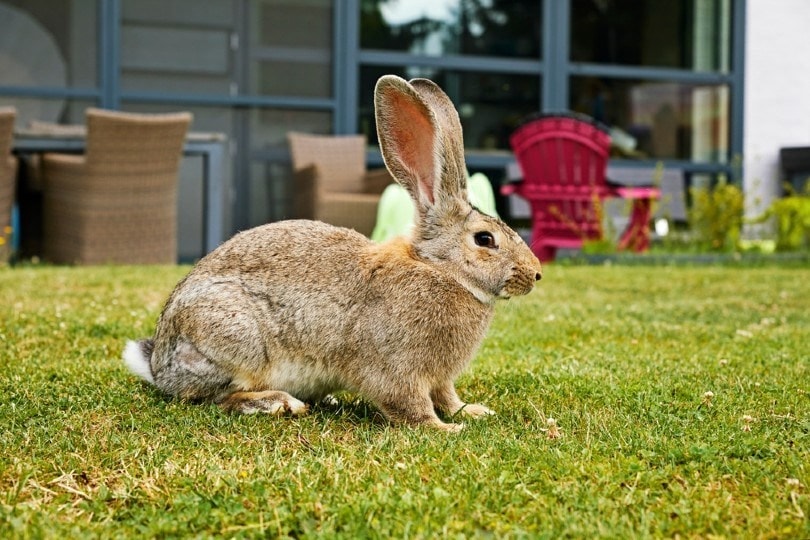
Providing activities and enrichment for giant rabbit breeds for pets is essential to their well-being. Enrichment includes toys and games, as well as training exercises to keep them both mentally and physically active.
Toys and Games
Giant rabbits need larger toys to suit their size and strength. Some great options include sturdy tunnels, large bamboo chews, and food puzzles that entertain them for hours.
Training and Exercises
Training giant rabbits can be fun and rewarding. Teaching them simple tricks like hopping through hoops or fetching can stimulate their minds. Daily physical exercises like hopping and moving through mazes can prevent obesity. I set up obstacle courses to promote physical fitness.
Here’s a video about other rabbit breeds you might want to consider owning.
By: Petopedia
Embracing the Giant Rabbit Breed
Giant Rabbit Breeds for Pets, with their impressive size and gentle nature, are truly captivating companions. From the docile Flemish Giant to the playful Checkered Giant, these rabbits offer a unique blend of charm, intelligence, and affection. They thrive in environments catering to their space needs, social interaction, and a balanced diet.
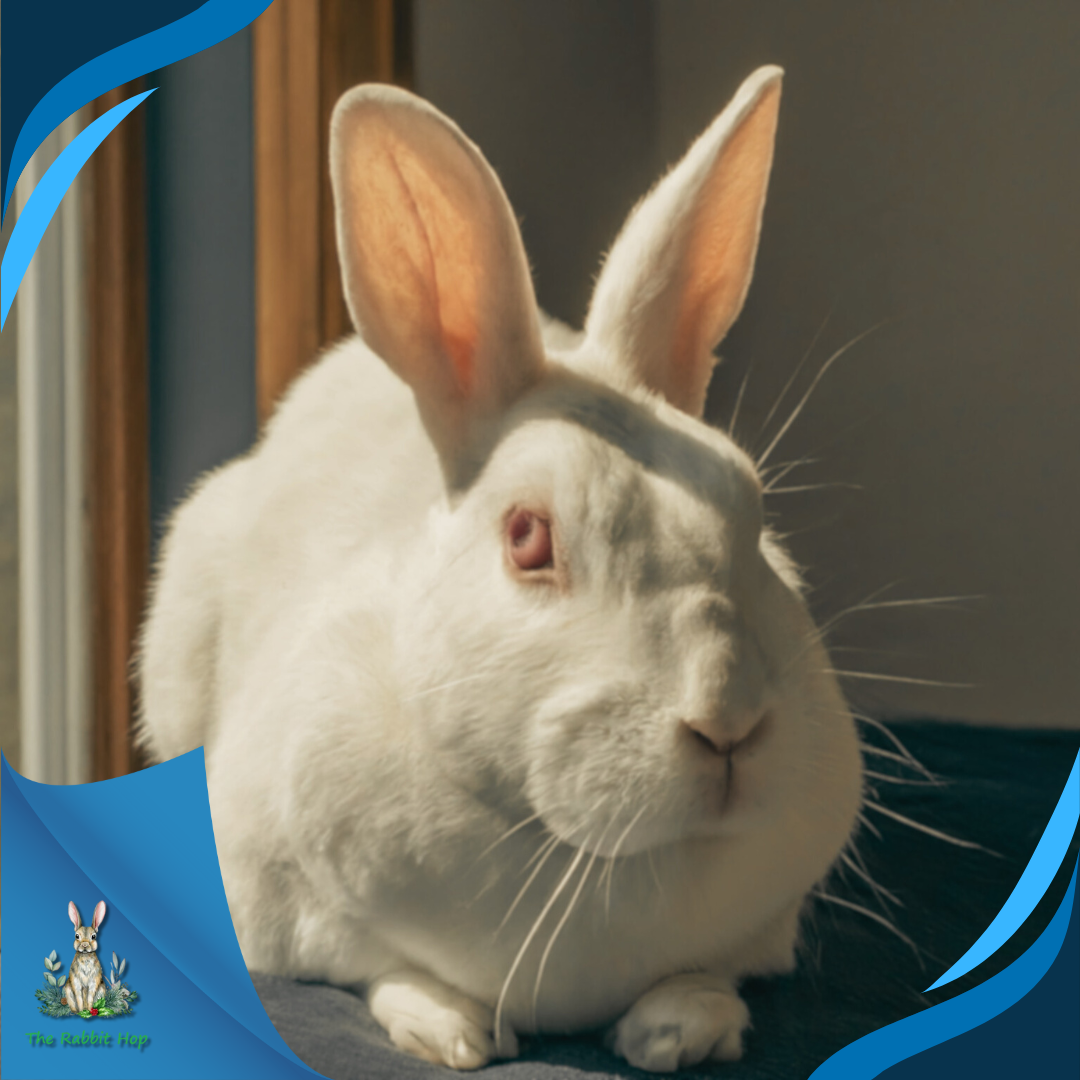
Whether you are a seasoned rabbit owner or a newcomer to the world of bunnies, these gentle giants are sure to bring immense joy and a touch of wonder to your home. Understanding their specific care requirements and providing them with a loving and enriched environment ensures that your giant rabbit leads a happy, healthy, and fulfilling life. Consider adopting one of these magnificent creatures and experience the unique bond they can offer.
Frequently Asked Questions
How Long is the Lifespan of a Flemish Giant Rabbit?
The lifespan of Flemish Giant rabbits is generally around 5 to 8 years. With proper care, they can live a healthy and happy life within this time range.
What is the Size Comparison Between Flemish Giant and French Lop Rabbits?
The Flemish Giant is larger than the French Lop, with the former weighing between 15 to 22 pounds and the latter typically weighing around 10 to 15 pounds. Both are sizable but the Flemish Giant is notably larger.
Which Giant Rabbit Breed is Known for Being the Friendliest?
The Flemish Giant is often considered one of the friendliest giant rabbit breeds. They are recognized for their soothing and tranquil demeanor. This makes them good companions for families and individuals alike.
Come Hop with Us on Social Media!
Do you adore your bunny? So do we at The Rabbit Hop!
Find us online for:
- Bunny Fun: Cute videos, interesting facts, and tips for keeping your bunny happy!
- Top Product Reviews: Find out what’s best for your fluffy friend.
- Bunny Community: Meet and connect with other bunny lovers just like you
Follow us on:
Let’s make your bunny the happiest hopper on the block!

